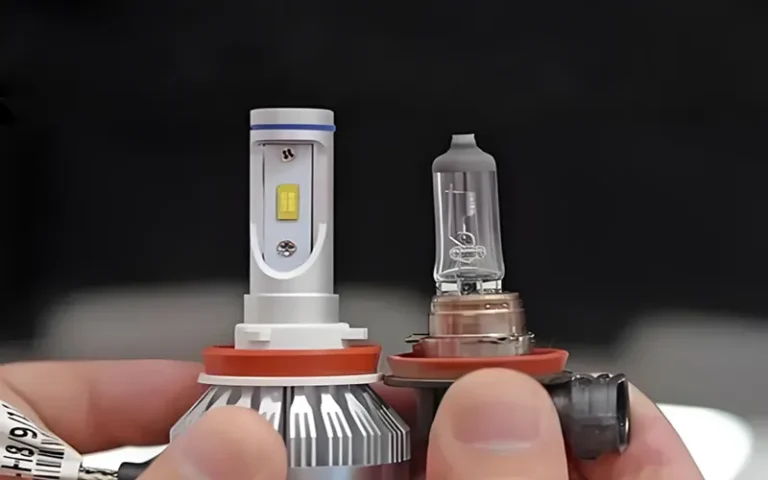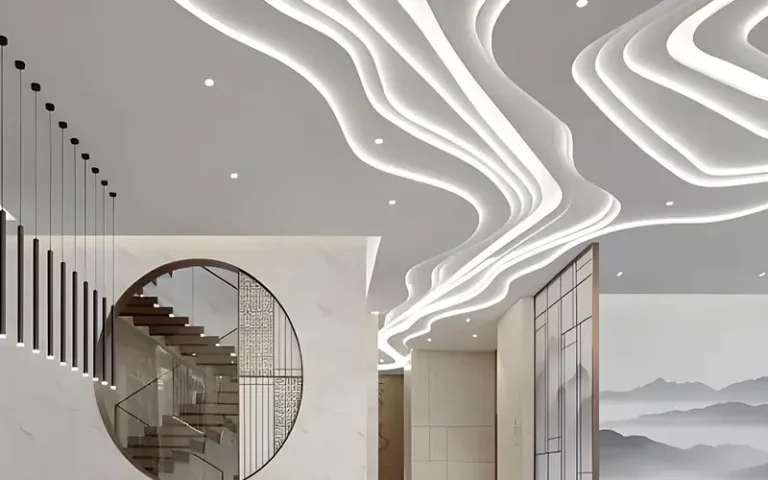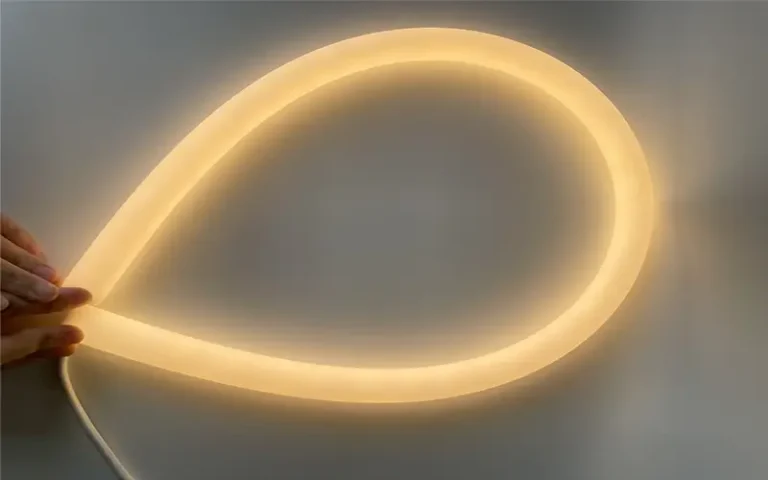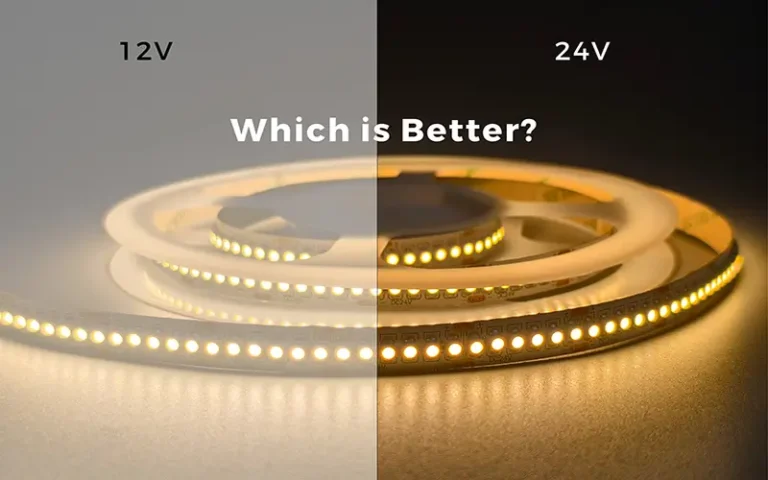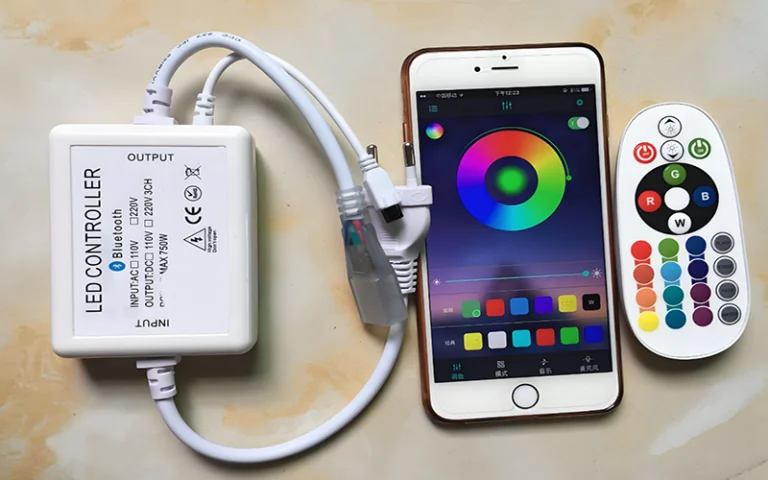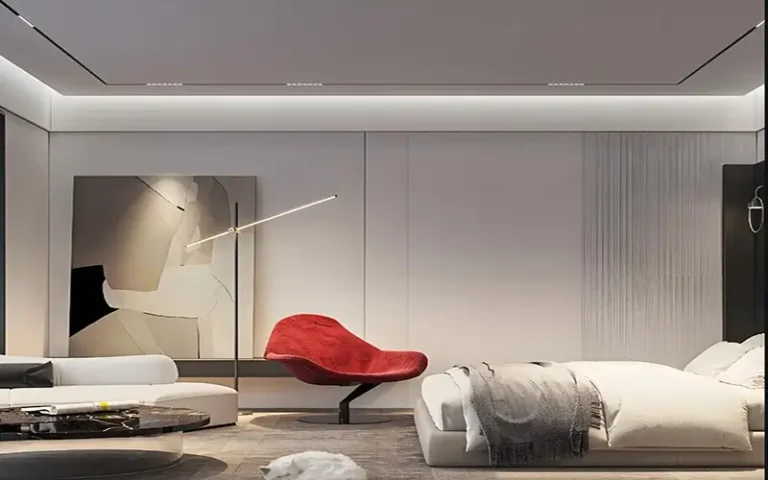How to Stop My LED Strip Lights from Falling Down?
LED strip lights are the new favorite for indoor lighting and outdoor decoration. Whether you want to use LED strips for lighting or are already a beneficiary of LED light strips. You have more or less learned about the relevant information about LED light strips. However, a common problem faced by users is that they fall off easily. This can be frustrating and may damage the LED strip or cause problems with rein-stallation. So let’s analyze in detail how to stop LED strip lights from falling off.
Common Reasons Why LED Strips Keep Falling Off
There are many reasons that cause LED light strips to fall, but you need to understand and intervene in advance to stop the LED strip lights from falling.
1. Uneven mounting surface
We all know that dust, dirt, grease, or moisture on a surface can weaken the adhesive backing and prevent a secure bond. Then there’s the uneven mounting surface, which can cause the 3M adhesive backing to not fully stick. This is one of the most common reasons why LED light strips won’t stay in place.
Solution: Always clean the surface thoroughly with a degreaser or isopropyl alcohol before installing the LED light strip. Make sure the surface is completely dry before attaching the light strip.
2. Poor Adhesive Quality
Some LED light strips come with low-quality adhesive backings that can cause poor adhesion or loss of grip over time, especially on challenging surfaces.
Solution: Purchase LED light strips with high-quality adhesives (such as 3M backing), or reinforce the light strips with double-sided tape or a stronger adhesive.
3. The Mounting Surface Material Does Not Match
Certain materials, like textured walls, porous surfaces, or non-stick coatings, make it difficult for adhesives to adhere properly.
Solution: For such surfaces, use alternative mounting solutions like clips, brackets, or screws.
4. The Ambient Temperature Is Too High or Too Low
Extreme temperatures can affect the performance of adhesives. So high operating or ambient temperatures can soften the glue, while low temperatures can make it brittle.
Solution: Install the LED light strip in a stable temperature environment, and be sure to consider heat dissipation. If the area experiences extreme temperatures, consider using an industrial-grade adhesive designed for such conditions.
5. Humidity or Moisture Issues
Moisture weakens adhesives and can also damage non-waterproof LED strips. This is particularly common in bathrooms, kitchens, or outdoor installations.
Solution: Use waterproof LED strips with an appropriate IP rating and ensure the surface is dry before installation.
6. Improper Installation or Operator Errors
Errors like applying uneven pressure, peeling and re-sticking the strips multiple times, or improper alignment can compromise adhesion.
Solution: Apply steady and even pressure during installation and avoid re-positioning the strips repeatedly.
How to Stop LED Strip Lights from Falling Off?
As we know, we must intervene before installing the LED strip to stop the LED strip lights from falling off to the greatest extent. You can refer to the following steps.
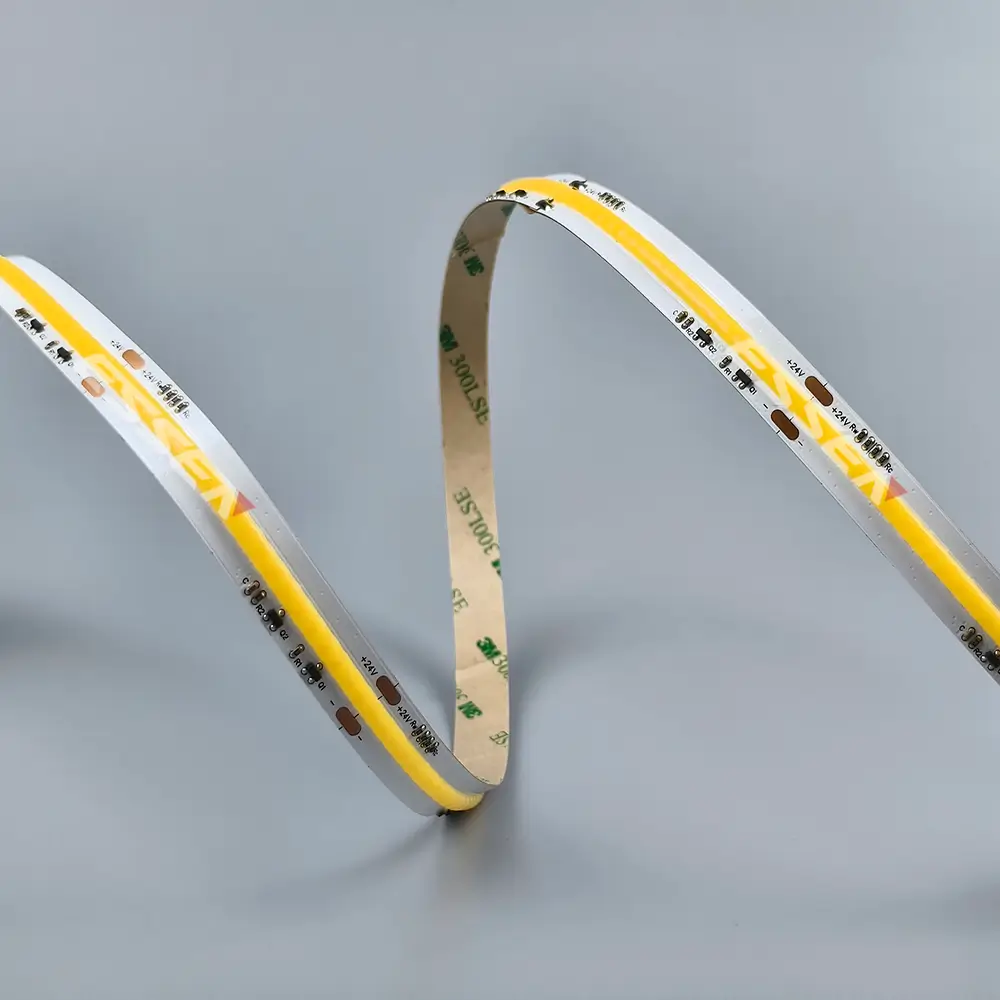
Choosing the Right Mounting Surface
Before mounting your LED strip, choose a smooth, clean, non-porous surface for the best bond. We recommend mounting on materials such as glass, metal, and finished wood as ideal.
Preparing the Surface for Better Adhesion
Proper surface preparation is crucial. Clean the surface with alcohol-based cleaners to remove grease or dirt. Avoid using harsh chemicals that can damage the surface or adhesive.
Using a Stronger Adhesive Backing
If your current adhesive isn’t enough, replace it with heavy-duty double-sided tape or industrial-strength glue. Choose an adhesive that’s appropriate for the material and weight of the LED strip surface.
Using Mounting Clips or Aluminum Profile
For added security, use mounting clips or LED aluminum profiles to assist with installation. These are particularly useful for textured or uneven surfaces where adhesive alone may not be enough.
Tapes and Fasteners
Fasteners such as double-sided foam tape or Velcro strips can provide additional support and allow for easier adjustments in the future.
Do Temperature and Humidity Affect Adhesive Performance?
Environmental factors like temperature and humidity do have a significant impact on the performance of adhesive-backed LED light strips. Adhesives generally work best in moderate conditions, and deviations in temperature can impair their adhesion.
- High temperatures: High operating and ambient temperatures can actually soften the adhesive, causing it to lose its grip.
- Low temperatures: Low ambient temperatures can make adhesives brittle and less flexible.
- High humidity: High humidity introduces moisture that can weaken the adhesive bond or cause water damage to non-waterproof strips.
Preventative Measures:
- Mount LED light strips in a stable environment and avoid placing them near heat sources or air vents.
- Use waterproof LED strip or IP67 neon flex in areas with high humidity or outdoors. Be sure to choose the right waterproof rating, otherwise the light strips will be easily damaged.
- Don’t choose to mount on textured or uneven surfaces, such as brick walls or textured plaster, which may pose challenges for adhesive-backed LED strips.
Solution:
- Use clear mounting clips or LED profiles to secure the light strip, which will reduce the risk of it falling.
- Apply a layer of double-sided foam tape as a base layer to better grip the textured surface.
- Consider using construction adhesive for permanent installation, but also consider whether it will damage the surface when you need to remove it.
What If LED Strip Lights Falls Off? How Can you replace the Adhesive Without Damaging the LED Strip?
- Heat the Adhesive: Start by using a hair dryer or heat gun to soften the old adhesive. About how to move the adhesive safely, pls read How to Remove LED Strip Double Sided Tape?
- Gently Peel the Strip: Carefully peel the light strip off the surface from one side.
- Clean the Surface: Remove any remnants of the old adhesive, ensuring the surface is clean and flat again.
- Apply New Adhesive: Follow the instructions on the new tape or sealant..
Conclusion
Stop LED Strip lights from falling requires choosing the right mounting surface, proper preparation, and using high-quality adhesives or other mounting methods. You can ensure that your LED light strips stay securely in place, providing long-lasting lighting and enhancing your space.
For high-quality LED strip lights and expert advice, consider contacting a trusted LED strip manufacturer like ESSENLED. We offer durable, customizable lighting solutions to meet your needs.


